How Does ophiocordyceps sinensis Transform from Insect to "Grass"?
 2025-08-01 11:10:13
2025-08-01 11:10:13
How to distinguish the fake and real one for ophiocordyceps sinensis supplement?

The name "Ophiocordyceps sinensis" is poetic, evoking curiosity about its unique form. Transforming from an insect in winter to a "grass-like" structure in summer, this extraordinary lifecycle seems shrouded in mystery. How exactly does this magical transformation occur? Let’s unravel the secrets of Cordyceps Militaris Tablets step by step.
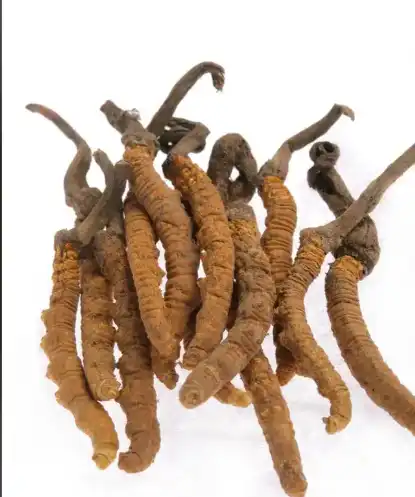
The Protagonists of Ophiocordyceps Formation

The formation of Ophiocordyceps sinensis relies on two key "protagonists": the ghost moth and the Ophiocordyceps fungus. Each has distinct habitats and traits, laying the groundwork for this remarkable biological transition.
The Ghost Moth: Belonging to the genus Thitarodes in the family Hepialidae, ghost moths inhabit alpine regions above 3,000 meters in provinces like Sichuan, Yunnan, Qinghai, Gansu, and Tibet—areas characterized by frigid temperatures, thin oxygen, and harsh conditions. Their larvae feed on the roots and rhizomes of plants such as Polygonaceae and Fabaceae, burrowing through soil to carve out small living spaces. Adult ghost moths are small, with brown or yellowish-brown forewings covered in irregular black, white, and brown patches; they rest with wings folded like a roof. Larvae are slender, pale yellow with dark red heads, growing quietly underground, awaiting their fateful transformation.
The Ophiocordyceps Fungus: A species in the genus Ophiocordyceps (family Ophiocordycipitaceae), this fungus is found in China, Nepal, Bhutan, and India. In China, it thrives in alpine meadows at 3,000–5,000 meters on the Qinghai-Tibet Plateau and its fringes. Though tiny and fragile, the fungus is remarkably resilient. Each July and August, its mature spores are ejected, drifting on the wind to settle on the ground, seeping into soil to find a "host" and begin their unique lifecycle.
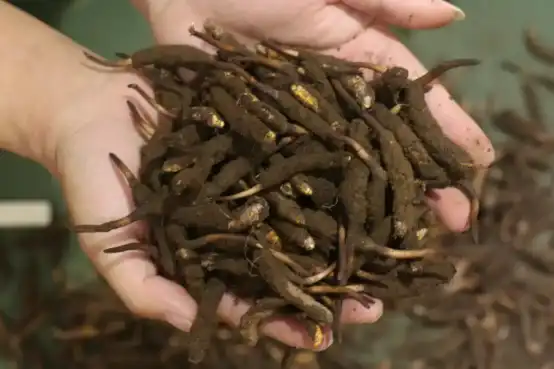
The First Encounter

In July and August, as snow melts on the plateau and the land awakens, Ophiocordyceps spores reach a critical juncture. These minuscule spores, like soldiers ready for battle, are released from their parent fungus and drift on the wind, seeking their destined host.
Beneath the soil, ghost moth larvae are in their growth phase, feeding on plant roots to accumulate energy for future metamorphosis. When spores land and seep into the soil, they latch onto suitable ghost moth larvae upon contact.
In nature, soil-dwelling ascospores quickly produce conidia, which are the primary agents infecting larvae. Conidia enter the larval body through various means: they may adhere to the larvae’s food, entering the digestive tract (and eventually the body cavity) during feeding; or they may bud and penetrate the larval cuticle via mechanical pressure. Despite lacking chitinase (an enzyme that breaks down insect exoskeletons), the fungus uses mechanical force to breach the waxy layer of the larva’s cuticle—where no inhibitory substances are present—initiating this extraordinary symbiotic journey.
"War and Symbiosis" Within the Host

Once the fungus invades the larva, a silent "war and symbiosis" unfolds. Inside the larva, the fungus begins to grow and multiply.
Initially sparse, the fungal hyphae spread rapidly, acting like "greedy predators" that consume the larva’s internal organs and absorb its nutrients. The larva remains alive but is gradually overtaken by hyphae.
By late spring and early summer, hyphae proliferate further, replacing the larva’s tissues and organs. Externally, the larva retains its shape, but internally, drastic changes occur, and its vital signs fade.
This relationship is more than simple parasitism; it is a unique symbiosis. The larva provides nutrients and a habitat for the fungus, while the fungus, in turn, alters the larva’s physiology. This interplay, honed by eons of evolution, is a marvel of nature.
Once the larva’s organs are fully replaced, it dies, becoming a "shell" filled with hyphae (mycelium). This is not an end but a new beginning: the mycelium matures inside the larval exoskeleton, preparing for the next phase.
The Emergence and Transformation

As spring arrives the following year, snow melts, and the plateau revives. The mycelium, dormant underground all winter, senses warmth from above and resumes growth. A pale yellow or light brown stroma (a stalk-like structure) emerges from the larva’s head, growing slowly like a small bamboo shoot, eventually breaking through the soil.
Freshly emerged, the stroma is pale and soft. Under sunlight, it elongates rapidly, darkening to deep brown, with its tip swelling into a pineapple-like perithecium (a spore-producing structure) filled with new spores. Ophiocordyceps sinensis is now fully formed: it retains the larva’s shape (with visible segments and legs) while bearing the fungal stroma, a truly unique organism.
From a distance, it resembles a grass shoot; up close, its wonder is revealed. The insect portion preserves the larva’s form, while the "grass" portion—the stroma—stands slender and upright, swaying gently as if showcasing its extraordinary journey.
This is also the season when harvesters seek it. Each May and June, local people venture into the mountains, using their experience to spot Ophiocordyceps in the vast meadows. When found, it is carefully dug up, bringing health and hope to those who value its properties.
There are numerous cordyceps products on the market, and many people wonder how to distinguish the genuine from the fake.
Check the details of the appearance: The body of a genuine cordyceps is dark yellow to yellowish-brown, with a reddish-brown head. It has 8 pairs of feet, which are clearly distributed, especially the middle 4 pairs, which are the most prominent. Fake cordyceps often have an odd shape. For example, those pretending to be cordyceps using Cordyceps hawkesii have a whiter body, a dull head, and incorrect number and distribution of feet. Fake cordyceps made by pressing starch have stiff surface patterns and lack the natural folds of genuine ones.
Examine the cross-sectional characteristics: When a genuine cordyceps is broken, its cross-section is flat, with a solid core or cracks, and the color is slightly yellow. In contrast, the cross-section of a fake cordyceps either has an abnormal color (for example, the cross-section of a fake cordyceps made by gypsum molding is snow-white) or a different texture (the cross-section of a starch-made fake cordyceps will have powdery substances).
Smell the odor difference: Getting close to a genuine cordyceps, you can smell a faint aroma of mushrooms mixed with a fishy smell. Fake cordyceps have a strange odor; some emit a pungent smell of chemical agents, while others have no odor at all. There was once a consumer who bought "three-no" cordyceps, and when opening the package, there was a strong smell of sulfur, which is a typical trace of counterfeiting.
Referrences:

[1] Zhao Zhanchun, Jiang Xinliang, Yang Xingguo, et al. Factory-like high-yield cultivation techniques of Cordyceps militaris [J]. Edible Fungi, 2006(5): 42-43.
[2] Li Nan, Gong Changhong, Zhang Hong. Study on artificial cultivation techniques of Cordyceps militaris [J]. Edible Fungi, 2001(4): 34-35.
[3] Wang Shenghou, Wang Zunsheng, Song Yuhong. Improvement of artificial cultivation techniques for Cordyceps militaris [J]. Journal of Shenyang Agricultural University, 1998, 29(2): 144-147.
[4] Pan Xinfɑ. Artificial cultivation of Cordyceps militaris in Jiangsu [J]. Edible Fungi of China, 1995(2): 28.
[5] Yang Xinmei. Chinese Edible Fungi Cultivation [M]. Beijing: Agricultural Press, 1988.
[6] Gao Ping. High-quality and high-yield cultivation techniques of Cordyceps militaris [J]. Journal of Lüliang Higher College, 2007(1): 15-17.


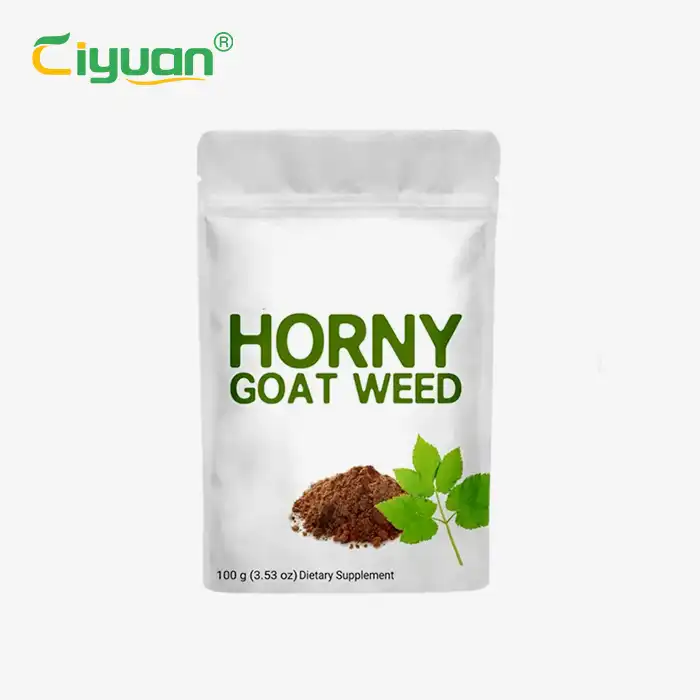
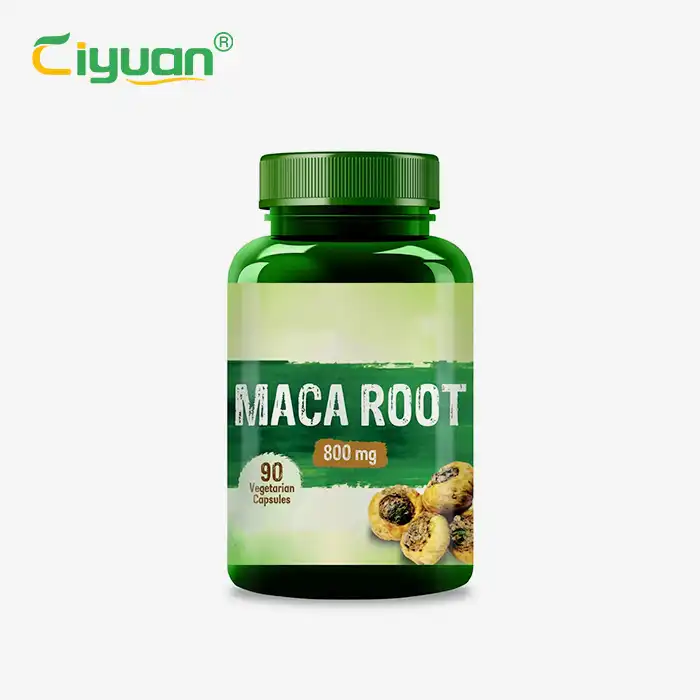
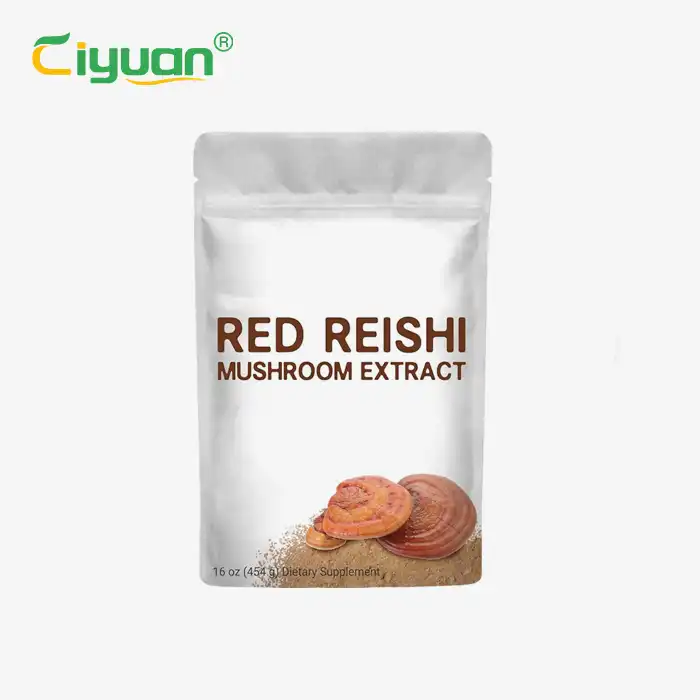





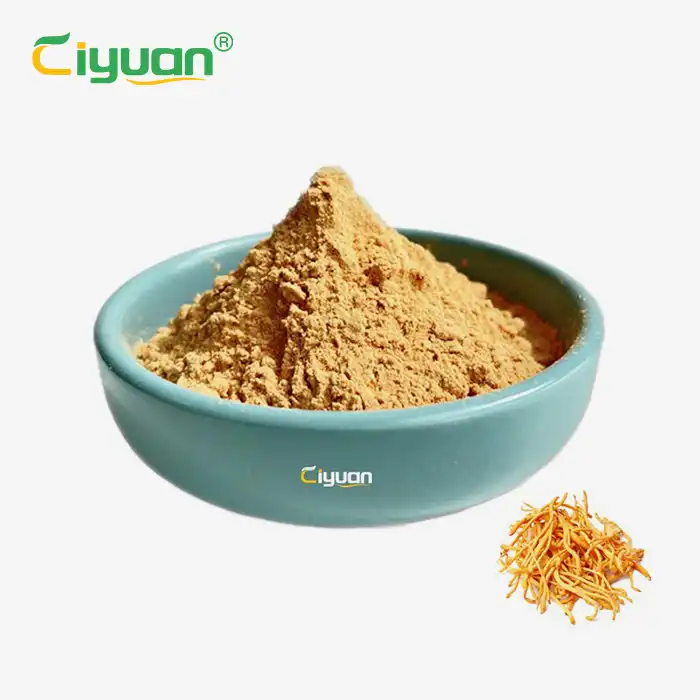
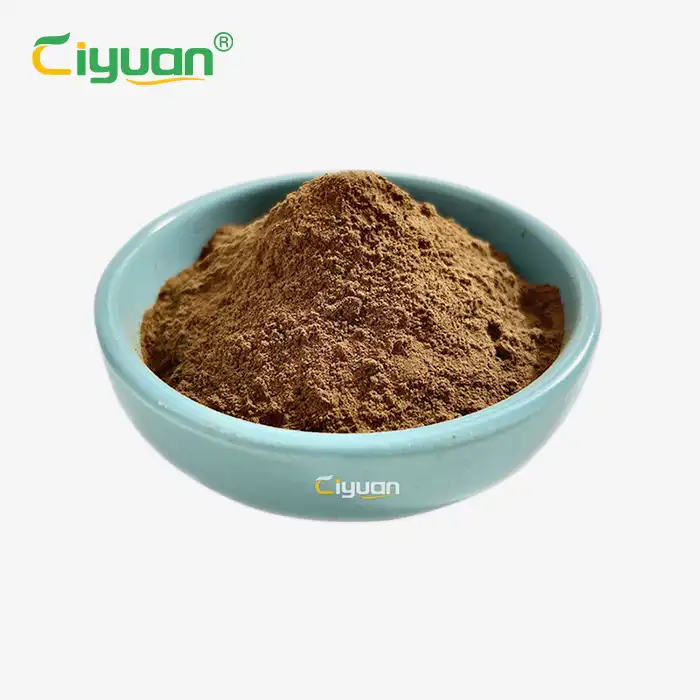

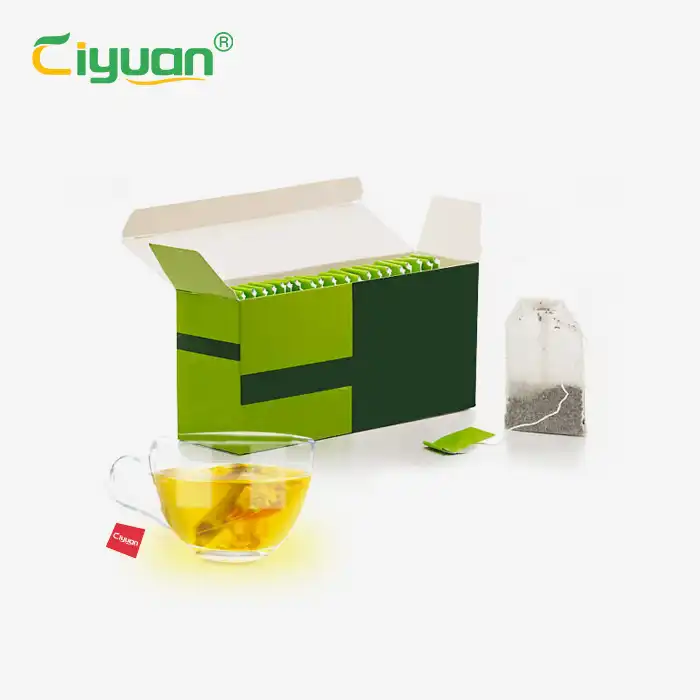
_1749629885373.webp)
_1753952222455.webp)
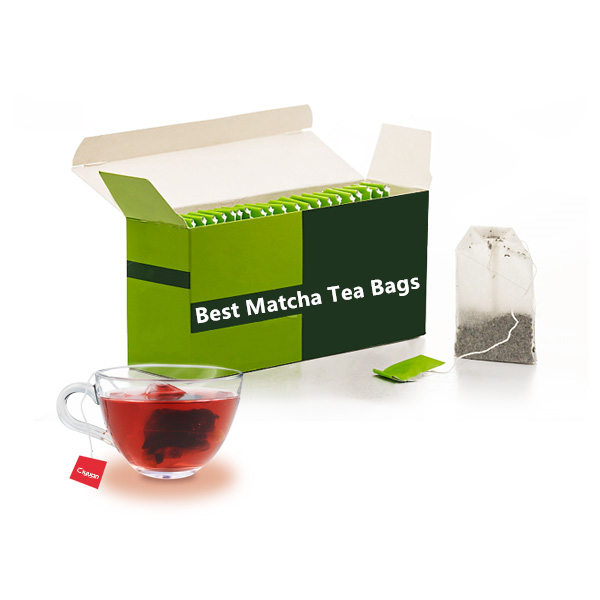
_1755679652237.webp)

